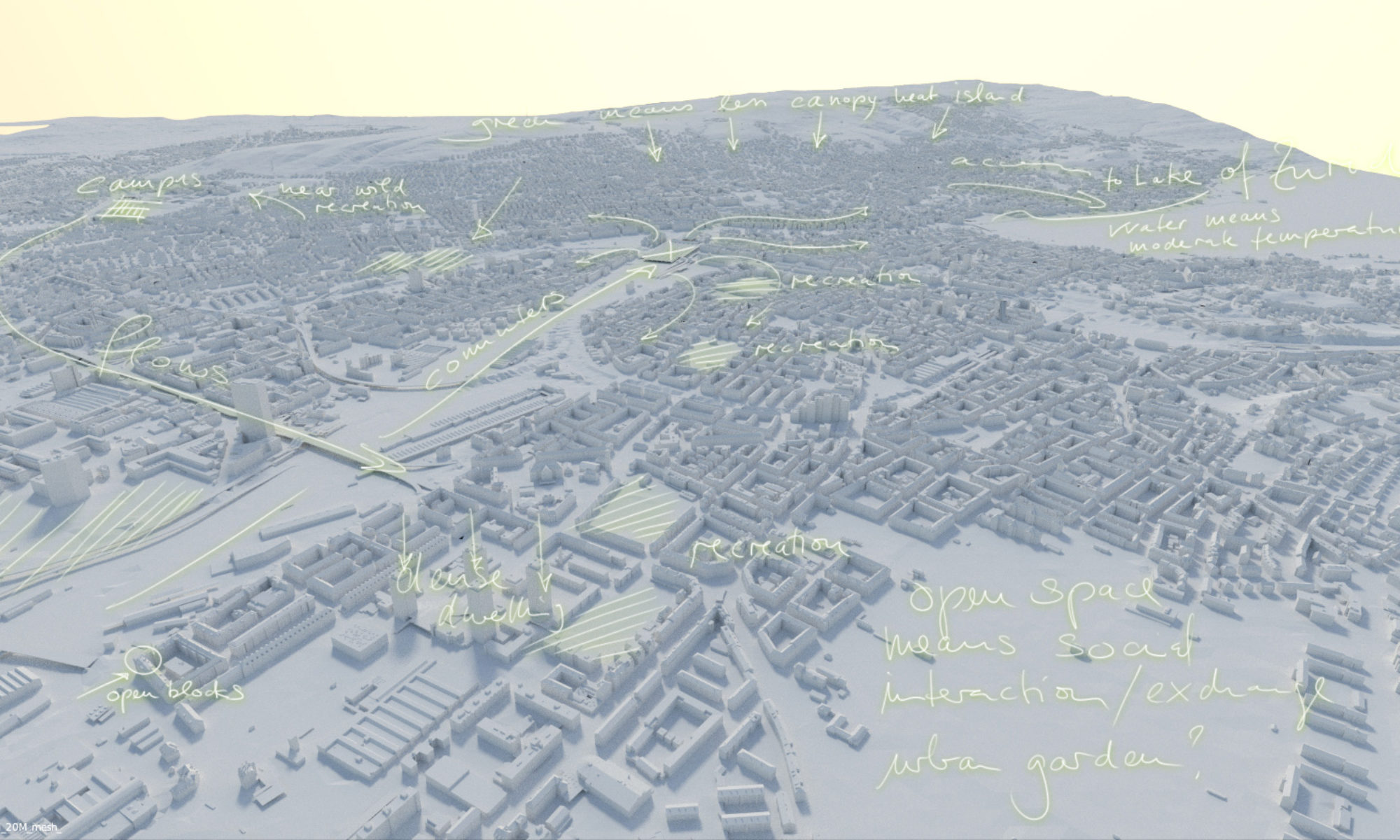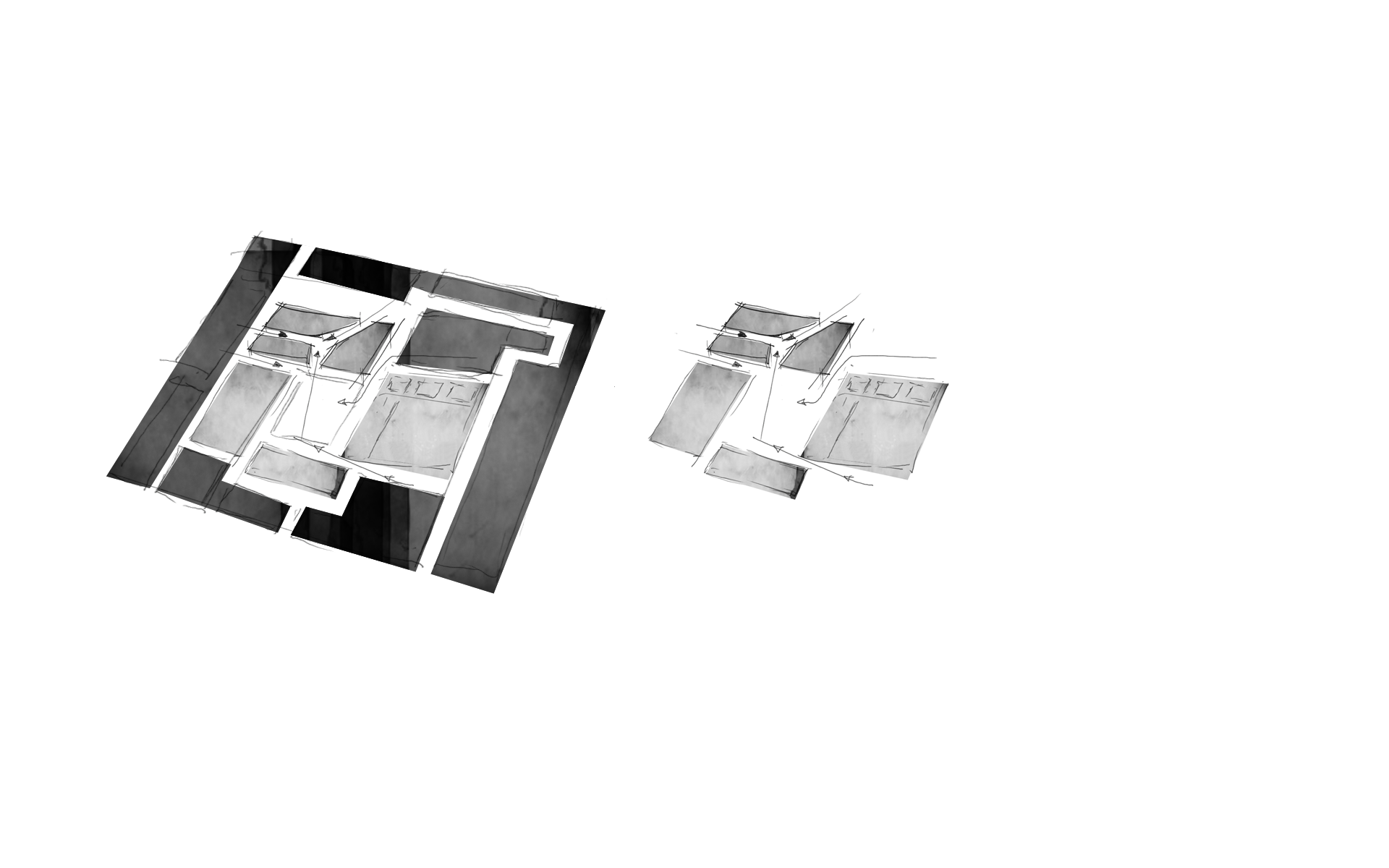Our city is a place where creative industry nourishes the sustainable growth of everyone as well as the companies and economic growth.
Our city is for people, for citizens, not for cars. You can feel it on every square, the pedestrian is here more important then the cars are.
Our city is a place where social costs do not arise, because the city is the recreation area and the place where everyone feels good.
The social diversity is really in the society because all live in this city where the different groups interact with each other.
It is a green city, where trees, fountains, gardens and even parks grow together to one liveable and sustainable cityscape.
Integration of citizens into an open public discussion within the urban planning processes that meets the current research efforts in urban design can immensely improve liveability in our present and future cities. It is still unclear how to educate laypersons to develop their own ideas for a better liveable environment that they occupy and live in.
Who is at steak?
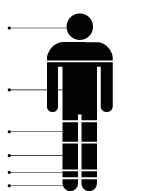 authority
authority
 citizen
citizen
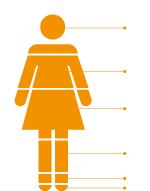 expert
expert
The 3-stage communication process


1. ) citizens and experts
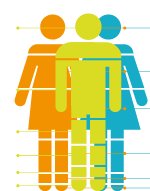
2. ) citizens as experts


3.) experts and authorities
The future process of city planning will be discussed, envisioned and communicated.
The existing research will be able to identify the guidelines and rules for a healthy and sustainable livability in cities. It will integrate the bottom-up citizens’ stimuli.
Milestones
In the first step, the aim of the research project is therefore to extract criteria of liveability taken from citizens directly that can be integrated into a discussion and urban design processes in all stages. This builds the basic know-how and guideline for city dwellers and authorities to develop the city in a sustainable way.
In the second step, a visual and participatory planning session follows. By means of analogue and digital 2D sketching, as a communication attractor and a thinking tool, city dwellers are invited to learn about the needs of future and sustainable city planning. They can directly contribute to the problematic issues within urban area and collect their own common knowledge about the city.
In a haptic 3D model, and at the same time with digital visual library in any electronic device, the city dwellers can bring in their visions.
The third step, builds a haptic physical as well as augmented digital model based on previous observations and information / data collection. The outcome of the research shall be an augmented model – in the Citizen Urban Laboratory– integrating the city dwellers visions, needs, necessities, knowledge and findings.
Outcomes
Such a platform of Citizens Urban Lab as an on-line interactive and augmented space, will provide a variety of design solutions for a better liveable and lovable urban space. These will serve the city planners and decission-makers as a rich idea repository. Furthermore, the on-line smart application “SkiTy” will collect additional information about the environment based on emotional measures and a cognitive mapping (level of area’s attraction, flows intensity, environmental density, environmental aesthetics, ways of navigation) in order to inform citizens and experts and allow them to develop their own ideas, intentions and proposals that can be used and communicated in planning and decision-making processes. Ideas to build upon are manifold.
The research will yield a new knowledge about qualitative and quantitative criteria of liveability provided directly by the citizens within particular urban area or areas of a city. The data will be embedded into an online database to inform digital urban visual library that citizens and experts will use as a design tool within a participatory and co-creative urban design process.
The app can be distributed and published later on to all people around the world in order to have an idea how to improve their own city environments that can be communicated with the experts and authorities. (Second level research and implementation.)
The project will provide not only a participatory design process with citizens but reveal scientific measures and citizens’ knowledge as an active part of whole communication and design process.
As such, the novelty of the project will lie in a combination of urban design, citizen science and direct communication between scientists, laypersons and authorities using appropriate digital technologies. Such a research intention will lead the way to the Citizen Design Science which will enhance the disciplines of urban planning and design and contribute to the discussion about the important need of sustainability in the liveable cities.

